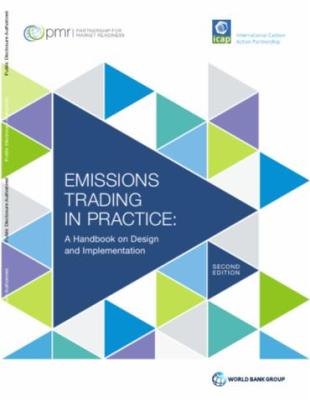SPANISH VERSION
CHINESE VERSION
Currently, about 46 national jurisdictions and 35 cities, states, and regions, representing almost a quarter of global greenhouse gas (GHG) emissions, are putting a price on carbon as a central component of their efforts to reduce emissions and place their growth trajectory on a more sustainable footing. An increasing number of these jurisdictions are approaching carbon pricing through the design and implementation of Emissions Trading Systems (ETS). As of 2021, ETSs were operating across four continents in 38 countries, 18 states or provinces, and six cities covering over 40 percent of global gross domestic product (GDP), and additional systems are under development. This handbook sets out a 10-step process for designing and implementing an ETS. These steps are interdependent, and the choices made at each step will have important repercussions for decisions in the other steps. In practice the process of ETS design will be iterative rather than linear. The need to adjust and adapt policies over time is reflected in the update of this handbook, which was first released in 2016. New insights, approaches, and designs have proliferated adjusting the way ETSs operate and further developing our understanding of them.

